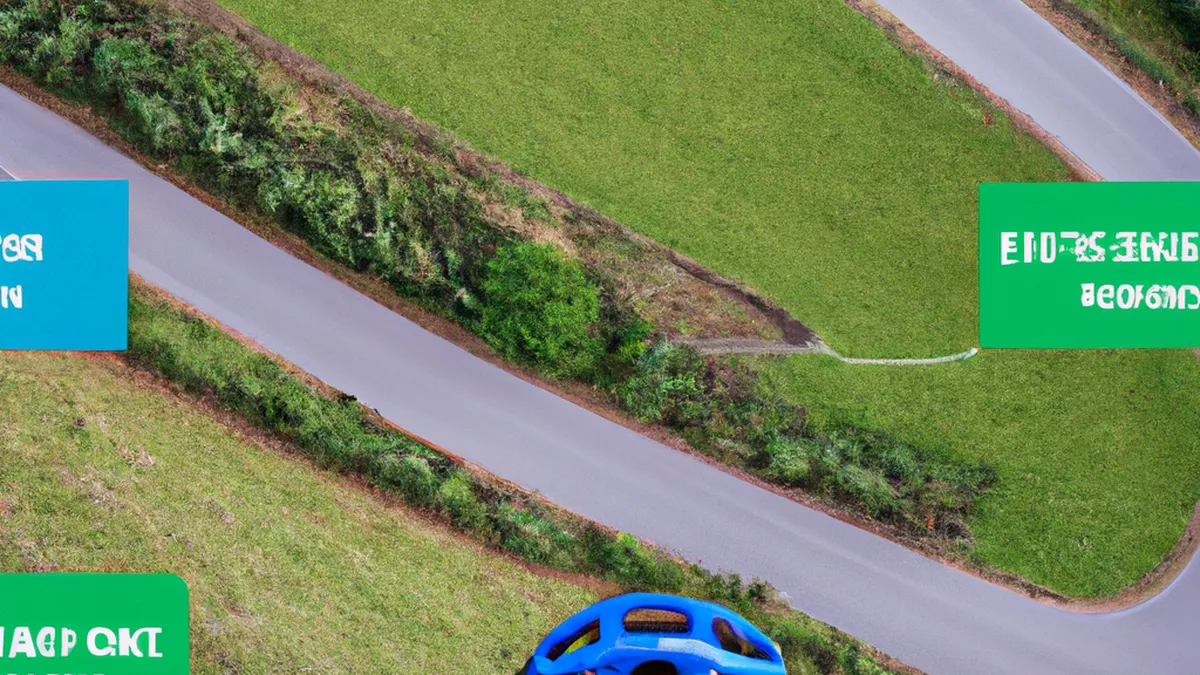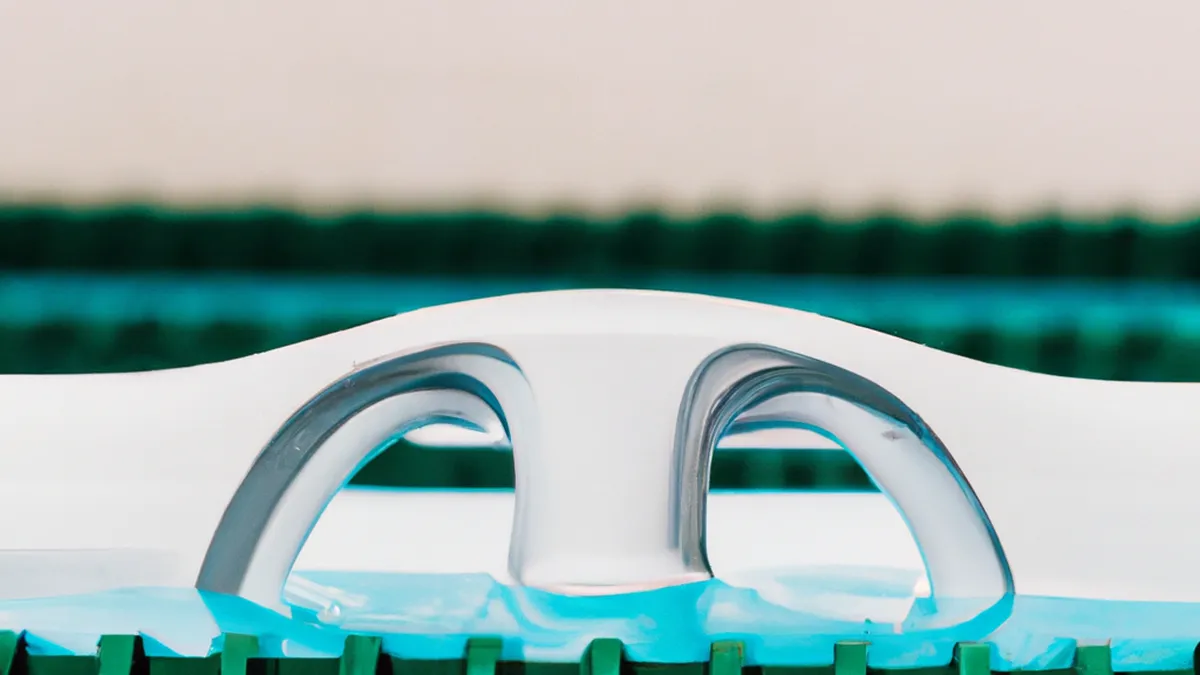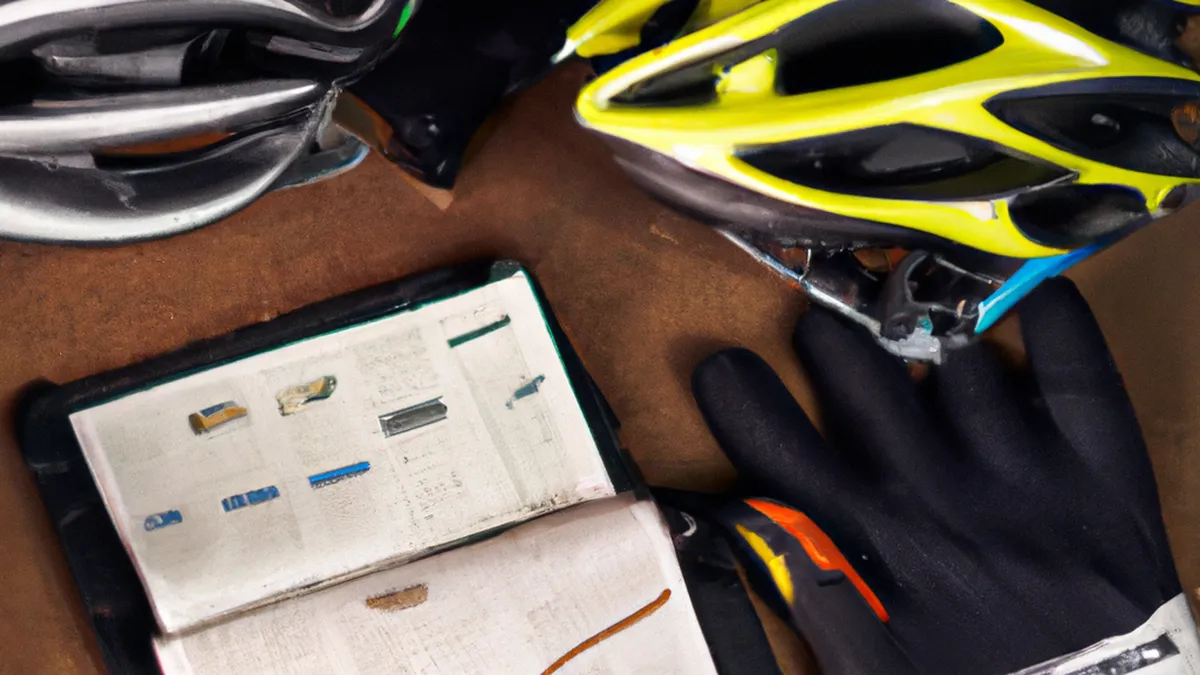Accelerate: Tips for Sprinting Fast
Creating a Sprint Training PlanSprinting requires speed, power, and stamina. A well-structured sprint training plan enhances your performance. This guide helps you create an effective sprint training plan with tips and benefits.
Understand Your Goals
Clarify your sprinting goals before you start. Do you want to compete in races? Are you aiming to improve your speed for another sport? Specific goals provide direction and motivation.
Short-Term vs. Long-Term Goals
Identify both short-term and long-term goals. Short-term goals might include completing a distance without stopping or improving your sprinting form. Long-term goals could involve achieving a specific race time or qualifying for a competitive event. Write down your goals to stay accountable.
Assess Your Current Fitness Level
Assess your current fitness level next. Note your strengths and weaknesses through a time trial. Measure how fast you can sprint 100 meters or your selected distance. This assessment provides a baseline to track progress and adjust training.
Design Your Training Schedule
As an Amazon Associate I earn from qualifying purchases.
Gear tip: consider bike helmet, cycling shoes, and bike computer to support this topic.
An organized training schedule is essential for success. Include elements like speed work, strength training, and recovery days.
Weekly Training Structure
Here’s a sample weekly structure for sprint training:- **Monday:** Speed Work (Focus on short sprints and technique drills)- **Tuesday:** Strength Training (Emphasize lower body exercises and core stability)- **Wednesday:** Recovery Day (Light jogging, stretching, or yoga)- **Thursday:** Speed Endurance (Long sprints with longer recovery)- **Friday:** Strength Training (Include plyometrics and explosive movements)- **Saturday:** Race Simulation (Timed sprints and practice race conditions)- **Sunday:** Rest Day Adjust this schedule to fit your lifestyle. Consistency is key to training success.
Incorporate Sprint Drills
Sprint drills can improve your running technique and efficiency. Here are some key drills:- **High Knees:** Builds explosive power and hip flexor strength. Encourages proper knee lift and running form.- **Butt Kicks:** Enhances leg flexibility and promotes a quick turnover rate. Activates the hamstrings.- **A-skips and B-skips:** Focus on form and coordination. Develop a fluid running motion while emphasizing arm movement and leg placement.Incorporate these drills during your warm-up.
Conclusion
In summary, a structured sprint training plan enhances performance. Follow these guidelines to achieve your sprinting goals.
Below are related products based on this post:
FAQ
What are the key components of a sprint training plan?
A sprint training plan should include speed work, strength training, and recovery days. This organized structure helps to enhance performance and ensures that all aspects of training are addressed effectively.
How can I set effective sprinting goals?
To set effective sprinting goals, clarify both short-term and long-term objectives. Short-term goals may involve improving sprinting form, while long-term goals could focus on achieving specific race times or qualifying for events.
What types of drills should I incorporate into my sprint training?
Incorporate drills such as high knees, butt kicks, and A-skips/B-skips into your training. These drills improve running technique, build strength, and enhance overall efficiency during sprints.















Post Comment